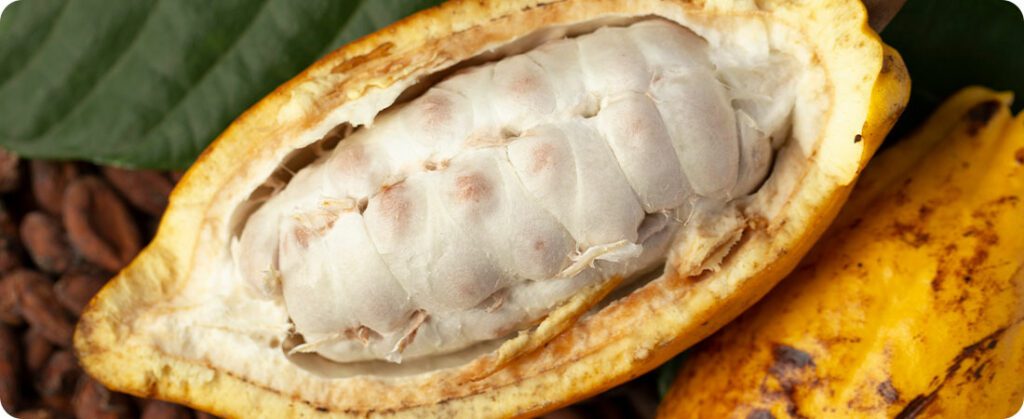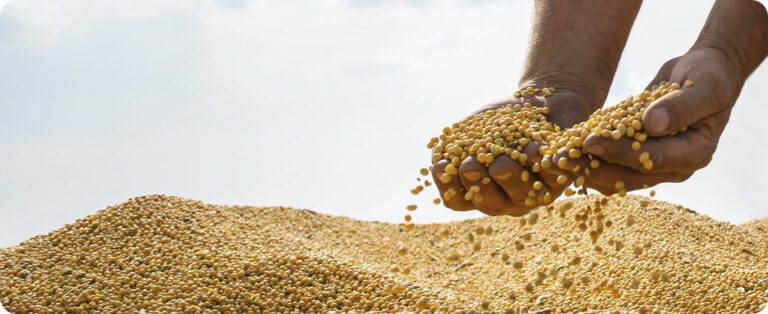
With bottlenecks in global supply, cocoa continues to be the product that is gaining the most on international stock exchanges. A survey carried out by Notícias Agrícolas shows that in the last year the most traded contract in New York advanced more than 200%. The drop in production in Africa, the main origin of the product, justifies such significant values.
According to Rafael Borges, an analyst at StoneX Brasil, for some time the market has been working with the projection of a drop in 18% for the Ivory Coast and 18% for Ghana, the two main cocoa producers in the world. In the global context and considering production in other countries, the market estimates a production drop of 11% in the current cycle.
The fundamentals remain solid, with the market concerned about the high temperatures and low rainfall in the region. “An extreme climate, much more extreme compared to previous years, but also the incidence of diseases”, he states.
Crisis in cocoa cultivation: Diseases devastate production and predict global stock deficits
Furthermore, more recent data shows that up to 30% of cocoa areas in both countries are impacted with serious diseases for the plant. “It is a virus transmitted by an aphid and is transmitted from tree to tree. In the first year, this disease causes a drop in productivity and, generally, after three years, this tree ends up dying. There is a structural context for such a sudden drop in production”, explains the analyst.
Given this scenario, the market expects a very sharp drop in inventories. If confirmed, it will be the third harvest with a global product deficit and with demand exceeding supply. On the other hand, he adds: “A deficit of 374 thousand tons is expected for this season, and this, after three harvests, should reduce the stock to the lowest levels in many decades.”
Demand has been the main fundamental of the market. Rafael explains that the most recent data from the processing industry expected a more significant drop, being surprised by the sector. “We observed a much smaller drop than expected, of 2.2% in cocoa grinding in Europe and 0.2% in Asia. This brought all the bullish reasons for cocoa because they gave much lower data than expected”, he states.
Volatility, according to the expert, continues, but the fundamentals remain solid and the market continues to be supported by demand, which is still supporting such significant price values.
Brazil
The first quarter of 2024 recorded a drop of 31% in the volume of national beans received by the cocoa processing industry. There were 18.7 thousand tons received in the period, in contrast to the 27.2 thousand tons received in the first three months of 2023, according to data compiled by SindiDados – Campos Consultores, and released by the National Association of Cocoa Processing Industries ( AIPC). “In the first quarter of every year, a lower volume of receipts is already expected, but this year the drop was more than 30% compared to 2023, and this reduction is mainly due to the impacts of El Niño and diseases such as witches' broom and brown rot”, explains the executive president of AIPC, Anna Paula Losi.
Receipt by state
Bahia accounted for just over 61% of the total volume of national almonds that the processing industry received in the first quarter of 2024, reaching a total of 11.4 thousand tons. Compared to the same period of the previous year, when the volume supplied by the state was 13.9 thousand tons, there was a decrease of approximately 18%.
On the other hand, Pará, which accounted for 32% of the volume received, totaled 5.8 thousand tons. This represents a drop of almost 50% compared to the same period last year, when it received 11.6 thousand tons.
Espírito Santo (1,273 tons) and Rondônia (156 tons) contributed 7% of the total volume received in the first quarter of 2024, maintaining stability in relation to 2023 values.
Cocoa grinding
Cocoa grinding in the country fell by 6% compared to numbers from the same period in 2023. Therefore, the industrialized volume of almonds was 59.9 thousand tons in these first three months of 2024, in contrast to the 64 thousand tons of last year. Anna Paula states that “the reduction in crushing is linked to the drop in the receipt of almonds during the period. In any case, this quarter's crushing volume is still higher than the average for the first quarter of the last 3 years.”
Source: Virgínia Alves | Notícias Agrícolas












